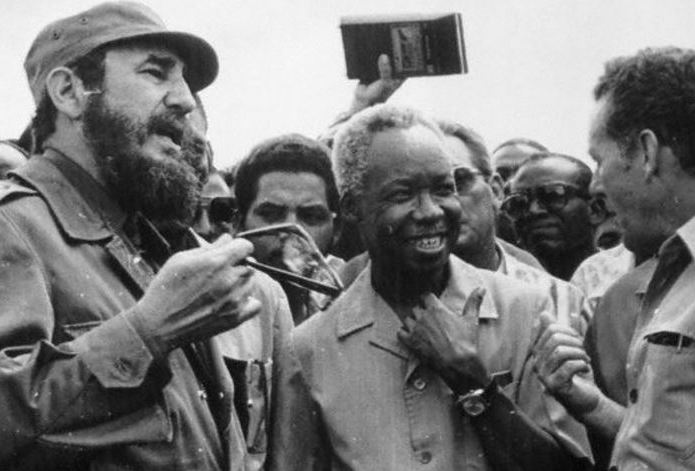
Ujamaa in Tanzania (1971- 1990s)
In 1971, President Nyerere issued Mwongozo (new leadership guidelines) that refocused the party and the government towards socialist principles. This included changes to the education system. Primary education switched from preparation for college to a focus on agricultural education. The government also introduced a system of universal education and increased access to adult education which increased the literacy rate.
President Nyerere introduced Ujamaa villages where communal values and efforts were encouraged. The government resettled people into villages that had been created to address land shortages in rural areas. In addition, the government created state run industries to expand the economy and create jobs. The government was able to claim moderate success in increasing literacy, expanding primary education and increasing access to medical services. Due to the lackluster success of the socialist policies, Tanzania began to move away from Ujamaa.
Departure from Ujamaa
Tanzania’s decision to move away from Ujamaa was a result of both internal and external pressure. Due to Tanzania’s overreliance on foreign aid, they succumbed to pressure form the International Monetary Fund (IMF) and the World Bank. Under pressure from the IMF and World Bank, the government cut its expenditures, devalued its currency, cut subsidies to parastatals, and encouraged private enterprise. However, these changes did not necessarily change their economy. By the 1990s, the economy was still facing difficulties.
Some believed Tanzania’s problems were because of the one party system. Perhaps a multiparty system would create more diverse thoughts and ideas. A commission was formed in 1991 to study the issue. By February 1992, the ruling Chama Cha Mapinduzi (CCM) had agreed to a multi-party political system.



